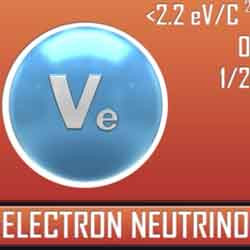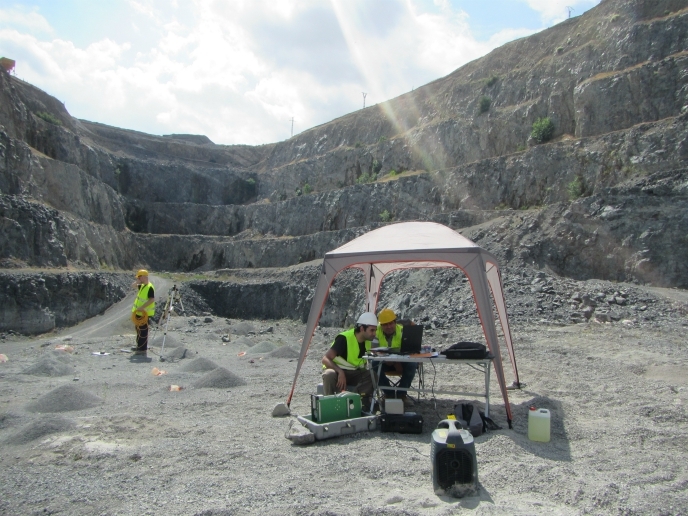High-precision neutrino measurements
Neutrinos are elementary particles that come in three 'flavours' – electron, muon and tau neutrinos. Their oscillation into other flavours is providing compelling evidence for the existence of neutrino mass, which was not included as part of the original standard model. Precise measurement of the third mixing angle, theta13, would complete the picture of neutrino oscillations. The Double Chooz (DC) experiment in France has been racing to measure or set a limit on the value of this mixing angle. The EU-funded project 'High precision reactor neutrino programme at APC' (REACTNUTHETA13APC) contributed to the preparation of the second detector that the experiment involves to measure the flux of neutrinos that the reactors receive. The main challenge for the DC experiment is to significantly reduce the systematic errors stemming from the neutrino flux uncertainties, hence the development of two identical detectors. Except for improved measurements of theta13, they could be used to monitor changes in the reactor fuel – spent fuel that has been removed for possibly criminal purposes. Project work included development of the online system of the near detector as well as detector installation and commissioning. In addition, scientists performed analyses of neutrino oscillation data from the far and near detectors. Project activities led to several publications regarding the DC experiment. Scientists also drew international attention at a conference with their presented results.







